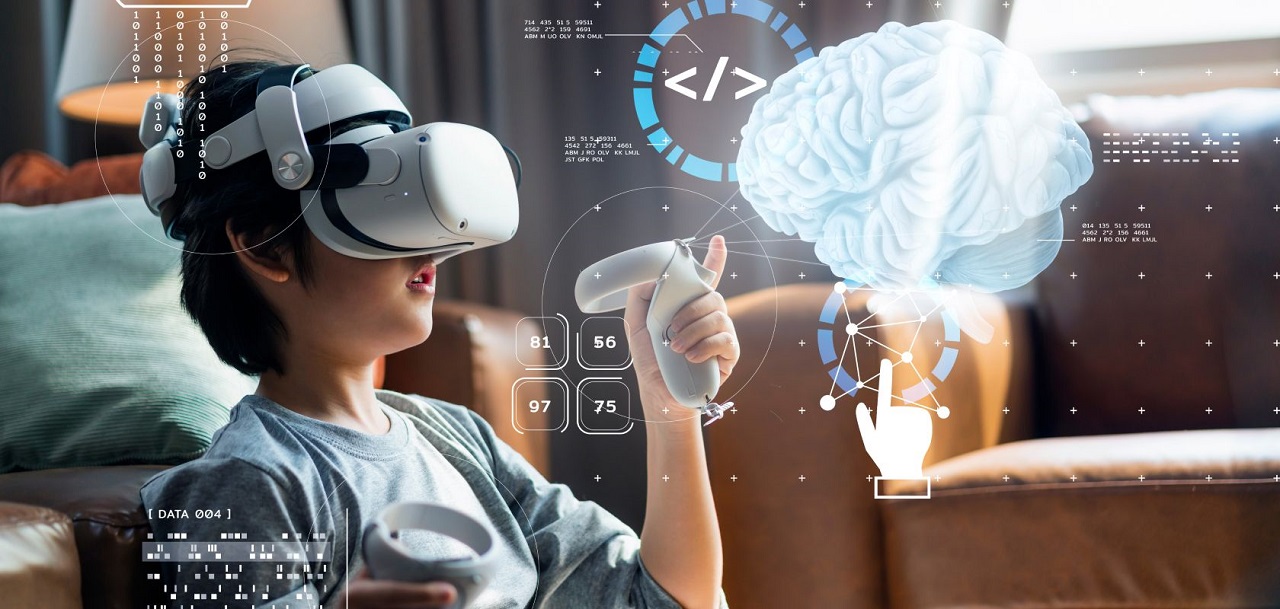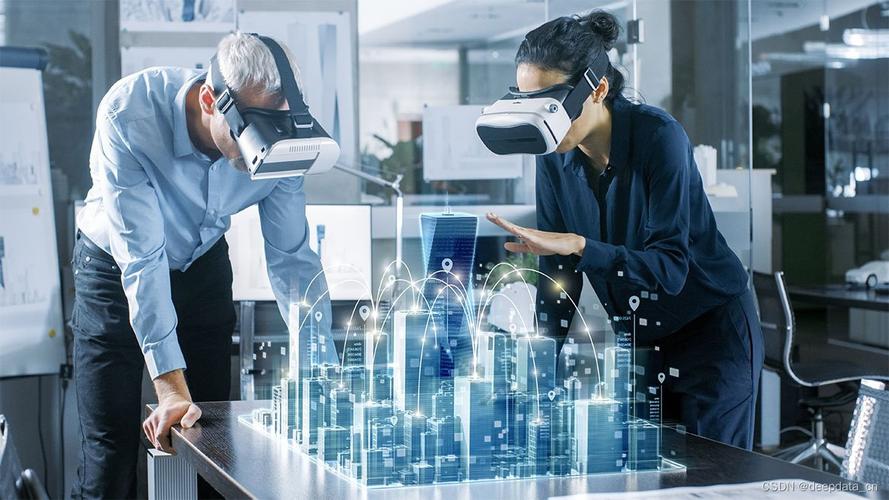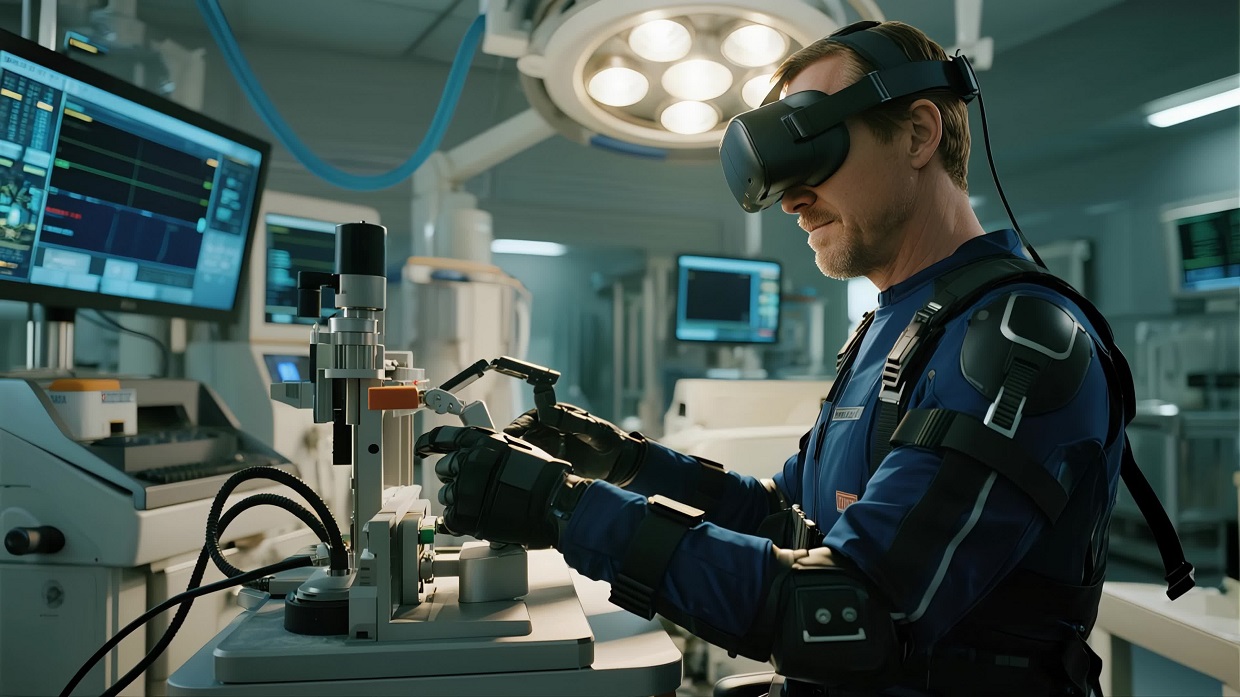- +1 929 367 8888(Server) / +1 929 356 6666(Group)
- info@multinationalholding.com
Promoting the emergence of new ways of interaction, such as Brain Computer Interface (BCI) and other technologies, may allow users to directly interact with the virtual world through their thinking, further enhancing immersion and experience.
Virtual reality (VR) is a three-dimensional virtual environment generated through computer technology, in which users can immerse themselves and interact with objects in the virtual environment by wearing special devices such as VR headsets. The core of VR lies in immersion and interactivity, attempting to fully immerse users into a virtual world through various sensory experiences such as vision, hearing, and touch.
VR devices include the following parts:
1. Head mounted display: This is the core device of VR experience, allowing users to enter the virtual world by wearing a head mounted display. The monitor provides disparity to both eyes through two slightly different images, resulting in a 3D effect.
2. Motion tracking system: To enhance immersion, VR devices are typically equipped with motion sensors that can track the movements of the user's head, hands, and even entire body, allowing the user to move and operate in virtual space.
3. Interactive devices, such as controllers, touch gloves, etc., help users interact with objects in the virtual environment. For example, users can grab objects, press buttons, or wield weapons in the virtual world.

Augmented reality (AR) is a technology that overlays virtual information onto the real world. Unlike VR, AR does not create a completely virtual environment, but rather adds computer-generated images, sounds, or other information to the real world to enhance users' perception of reality.
AR is implemented through the following devices:
1. Smartphones and tablets: Users can capture real-life scenes through a camera, and virtual information is displayed overlaid on the screen. Project virtual sprites into the real world through smartphone cameras.
2. AR glasses: allow users to directly see virtual elements integrated with the real world in their field of view. AR glasses overlay virtual objects onto a real scene through a transparent display, allowing users to interact with them through gestures, voice, or gaze.
3. Projection system: Some AR systems project virtual images onto physical surfaces through projection devices, allowing users to see augmented reality content without wearing a device.

 English ∨
English ∨
 中文
中文
